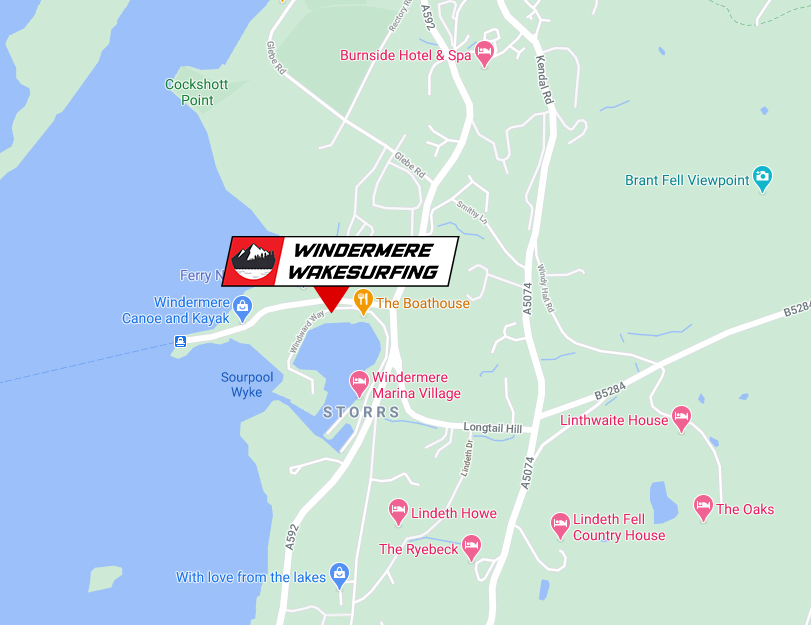Wakesurfing has become a popular water sport, combining elements of surfing and wakeboarding that make it suitable for people of all ages and abilities.
The sport itself involves riding on the wake produced by a boat, using a specially designed board. Of course, as with any outdoor activity, the right apparel is crucial for both comfort and safety. Whether it’s summer or winter, if you’re planning getting into wakesurfing, here’s what you need to be wearing:
Spring and Summer Apparel
During the warmer months of spring and early summer, water temperatures can still be quite chilly, especially in early mornings or late evenings. A thin wetsuit or a neoprene top can provide the necessary warmth without sacrificing mobility.
Wetsuits come in varying thicknesses, measured in millimetres. A suit ranging from 2mm to 3mm is typically sufficient for spring and summer wakesurfing in the UK. A lot, however, depends on how much you feel the cold.
For particularly warm days, or when a wetsuit seems a little too restrictive, a rash guard is an excellent alternative. These are made from spandex and nylon, which offer protection from the sun’s UV rays and help reduce irritation from continuous movement against the board and water. They are lightweight, dry quickly, and allow for a great range of motion.
As the peak of summer approaches, many wake-surfers opt for standard swimwear or board shorts. These are quick-drying and are made from durable, lightweight materials that stand up to saltwater or freshwater exposure. Women might prefer a one-piece swimsuit for additional security and coverage, while men might opt for longer boardshorts to prevent thigh rash from the board.
Autumn and Winter Apparel
In the colder months, water temperatures can drop significantly, making a thicker wetsuit necessary. Wetsuits designed for winter use typically range from 4mm to 5mm in thickness, providing substantial insulation while still allowing enough flexibility for wakesurfing. Full suits with sealed seams are preferable as they prevent water entry, which helps maintain body heat.
For the coldest conditions, especially in the late autumn and winter, a drysuit can be the more appropriate choice. These are designed to keep you dry, with watertight seals at the neck, wrists, and ankles. They can be layered over thermal clothing, allowing wake surfers to adjust their warmth based on the outside temperature. While bulkier than wetsuits, drysuits offer superior protection against hypothermia.
In cold weather, additional accessories become essential. Neoprene gloves and booties can prevent heat loss from the hands and feet, which are often the first parts to feel the chill. A neoprene hood or cap is invaluable, as a significant amount of body heat is lost through the head.
Footwear
Regardless of the season, proper footwear can enhance performance and safety during wakesurfing. Wakesurfing shoes or water socks provide a grip on the board, protect against cuts from hidden underwater hazards, and help insulate the feet when water temperatures are low.
When selecting wakesurfing apparel, it’s important to consider both the water and air temperature, as well as personal comfort and mobility. The right clothing not only impacts your ability to perform but also your overall experience on the water. Whether opting for a lightweight rash guard in the summer or a fully insulated drysuit in the winter, making the right choice will ensure that you enjoy the sport throughout the year.



